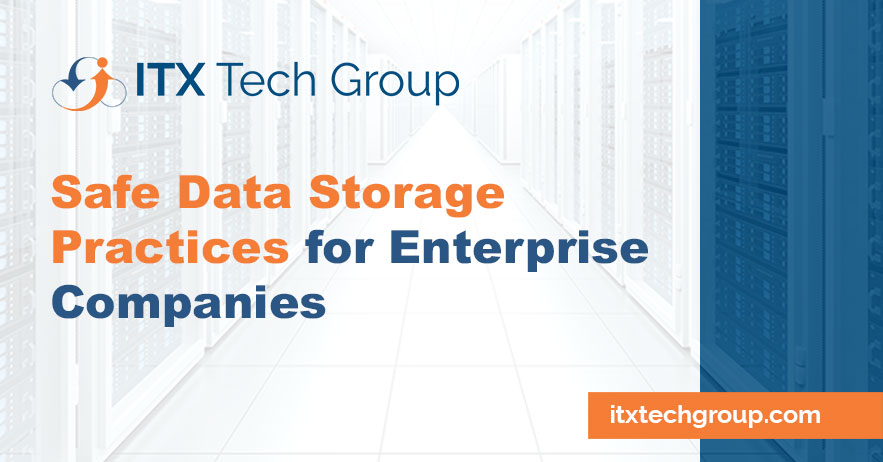Enterprise companies handle vast amounts of sensitive information critical to their operations and success.
Safeguarding this valuable asset is paramount to maintaining customer trust, complying with regulations, and mitigating risks.
However, with the proliferation of cyber threats and regulatory requirements, ensuring safe data storage practices has become increasingly complex.
In this article, we’ll explore essential strategies and best practices for enterprise companies to securely store their data and protect against potential breaches.
Data Classification and Inventory
Start by categorizing your data based on its sensitivity, importance, and regulatory requirements.
Conduct a thorough inventory of all data assets to understand what information your enterprise collects, stores, and processes.
Classify data into tiers based on its level of sensitivity, with stricter security measures applied to highly confidential information.
Encryption
Implement robust encryption mechanisms to protect data both at rest and in transit.
Encrypt sensitive data using industry-standard encryption algorithms to render it unreadable to unauthorized users.
Utilize encryption technologies for storage devices, databases, communication channels, and cloud services to safeguard data integrity and confidentiality.
Access Controls and Authentication
Enforce stringent access controls and authentication mechanisms to restrict unauthorized access to sensitive data.
Implement role-based access control (RBAC) to assign permissions based on job roles and responsibilities, ensuring that employees only have access to the data necessary to perform their duties.
Implement multi-factor authentication (MFA) to add an extra layer of security to user authentication processes.
Secure Storage Solutions
Choose secure storage solutions tailored to the specific needs and requirements of your enterprise.
Consider utilizing enterprise-grade storage systems equipped with built-in security features such as data encryption, access controls, audit trails, and tamper-resistant hardware.
Evaluate cloud storage providers that offer robust security controls, compliance certifications, and data residency options to meet your organization’s needs.
Regular Data Backups
Implement a comprehensive data backup strategy to ensure data availability and resilience against data loss events.
Regularly backup critical data to secure offsite locations or cloud-based storage platforms to protect against hardware failures, ransomware attacks, and natural disasters.
Test backup and recovery processes regularly to verify their effectiveness and reliability.
Data Retention and Disposal Policies
Establish clear data retention and disposal policies to manage the lifecycle of your enterprise data effectively. Define retention periods based on regulatory requirements, business needs, and data usage patterns.
Implement secure data deletion processes to permanently remove data no longer needed, minimizing the risk of unauthorized access or exposure.
Continuous Monitoring and Auditing
Implement robust monitoring and auditing mechanisms to detect unauthorized access attempts, anomalous behavior, and security incidents in real-time.
Utilize security information and event management (SIEM) systems to aggregate and analyze security logs, alerts, and events across your enterprise infrastructure.
Conduct regular security audits and assessments to identify vulnerabilities and compliance gaps, and take proactive measures to address them.
Employee Training and Awareness
Educate employees about safe data storage practices, security policies, and procedures through comprehensive training programs and awareness campaigns.
Foster a culture of security consciousness and accountability among employees, encouraging them to report suspicious activities and adhere to established security protocols.
Regularly reinforce training initiatives to keep employees informed about evolving threats and best practices.
Wrap Up
Safeguarding enterprise data requires a multi-faceted approach encompassing technology, processes, and people.
By implementing robust data storage practices, enforcing strict security controls, and fostering a culture of security awareness, enterprise companies can effectively mitigate risks and protect their most valuable asset.
Conclusion
Remember, data security is an ongoing process that requires continuous monitoring, adaptation, and improvement to stay ahead of evolving threats in today’s dynamic threat landscape.
ITX Tech Group has been serving small, medium, and large scale businesses with their IT support and cybersecurity needs all over the United States since 2011, so we’re confident we can provide you with affordable, professional IT solutions for years to come!
Connect with us for a free consultation to discuss your business technology needs.

